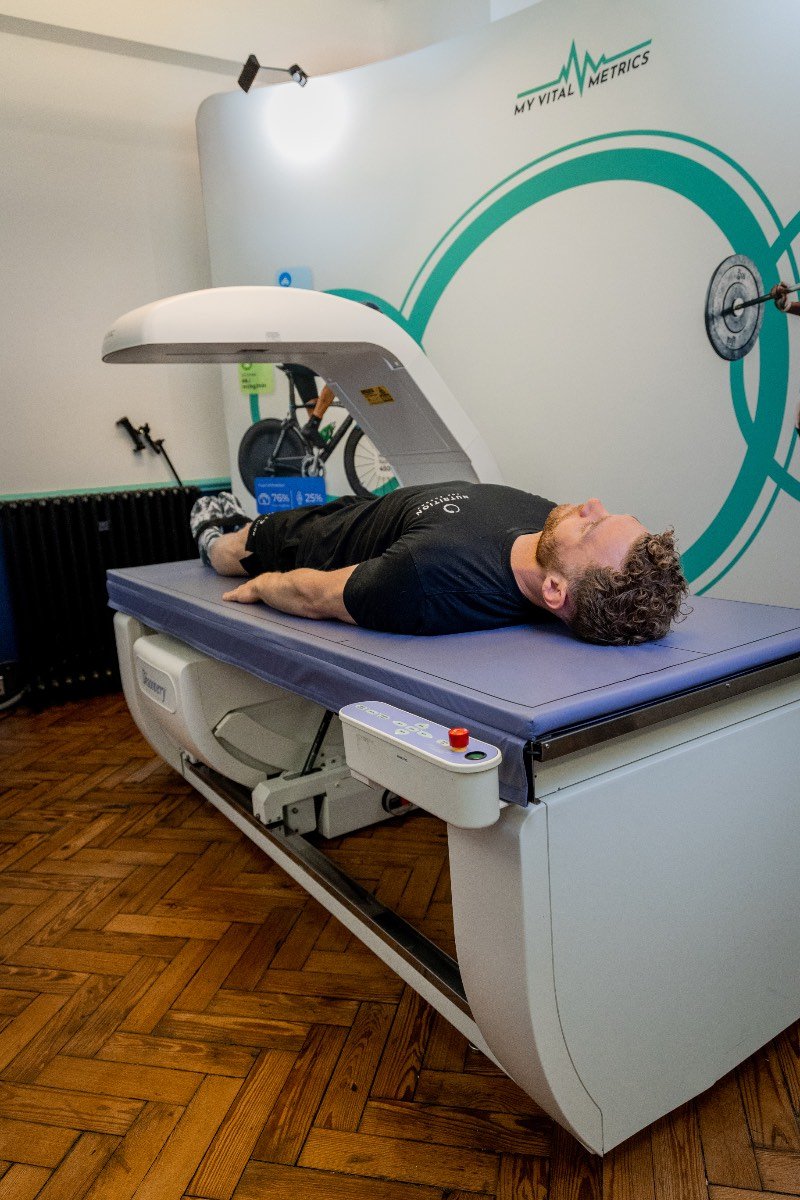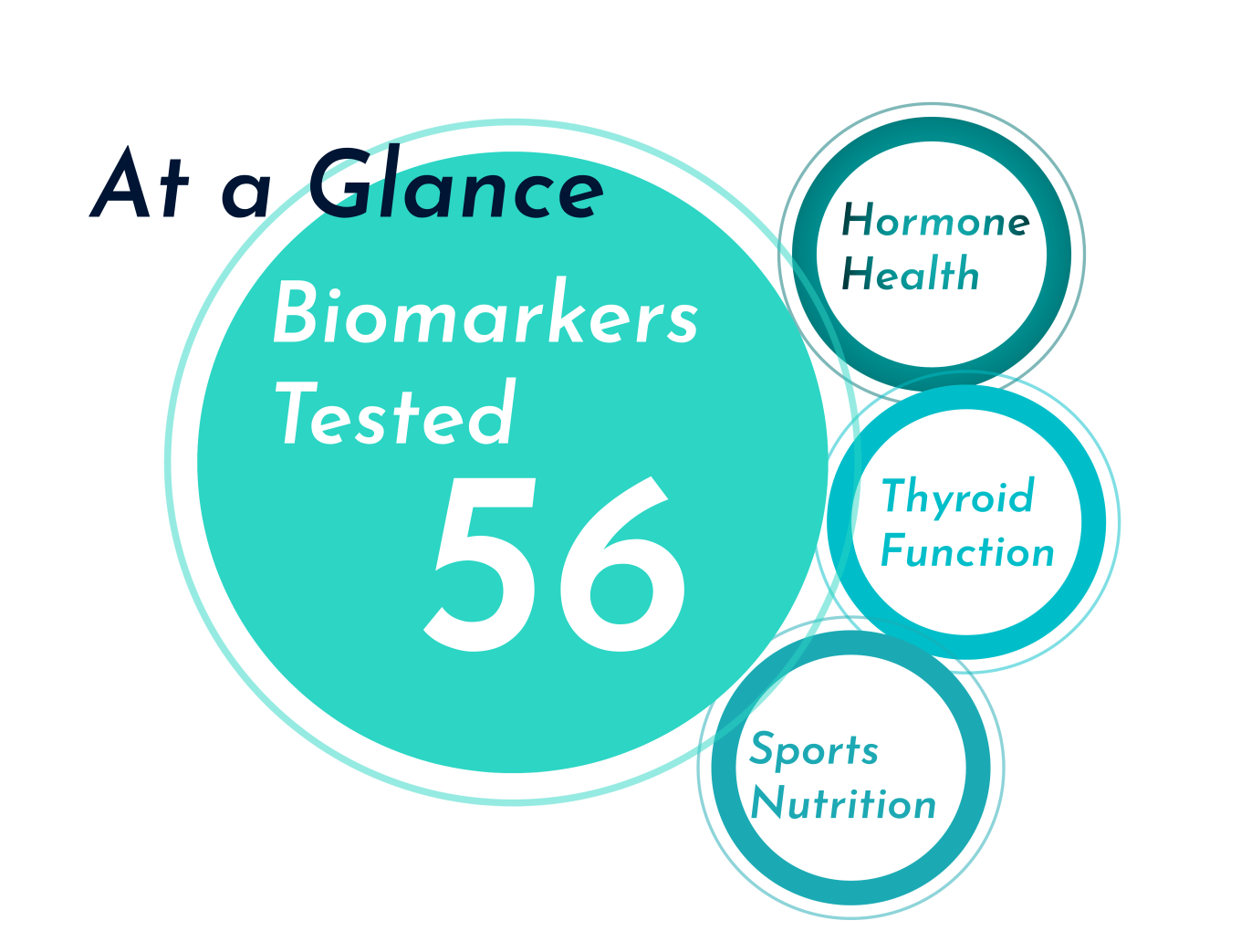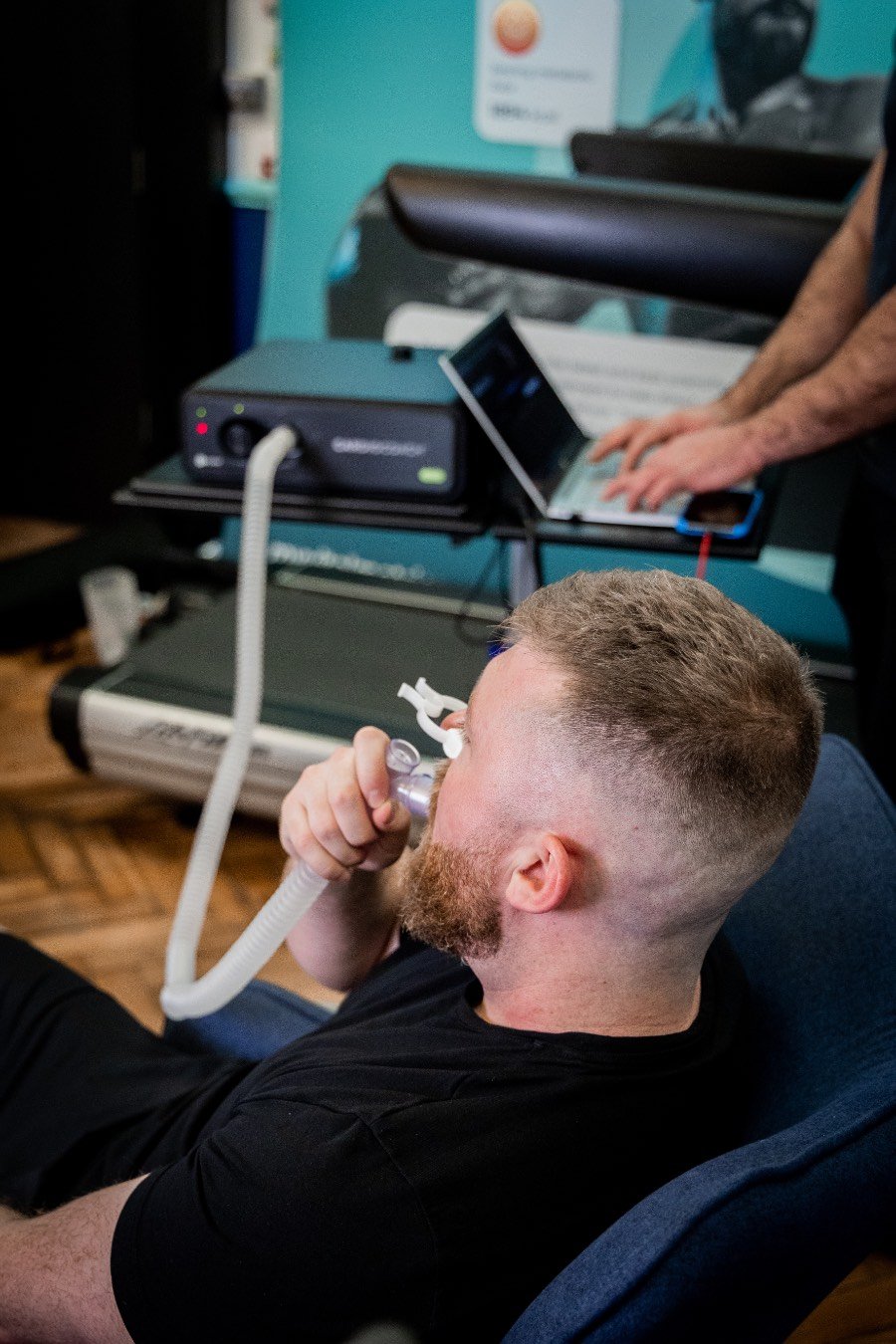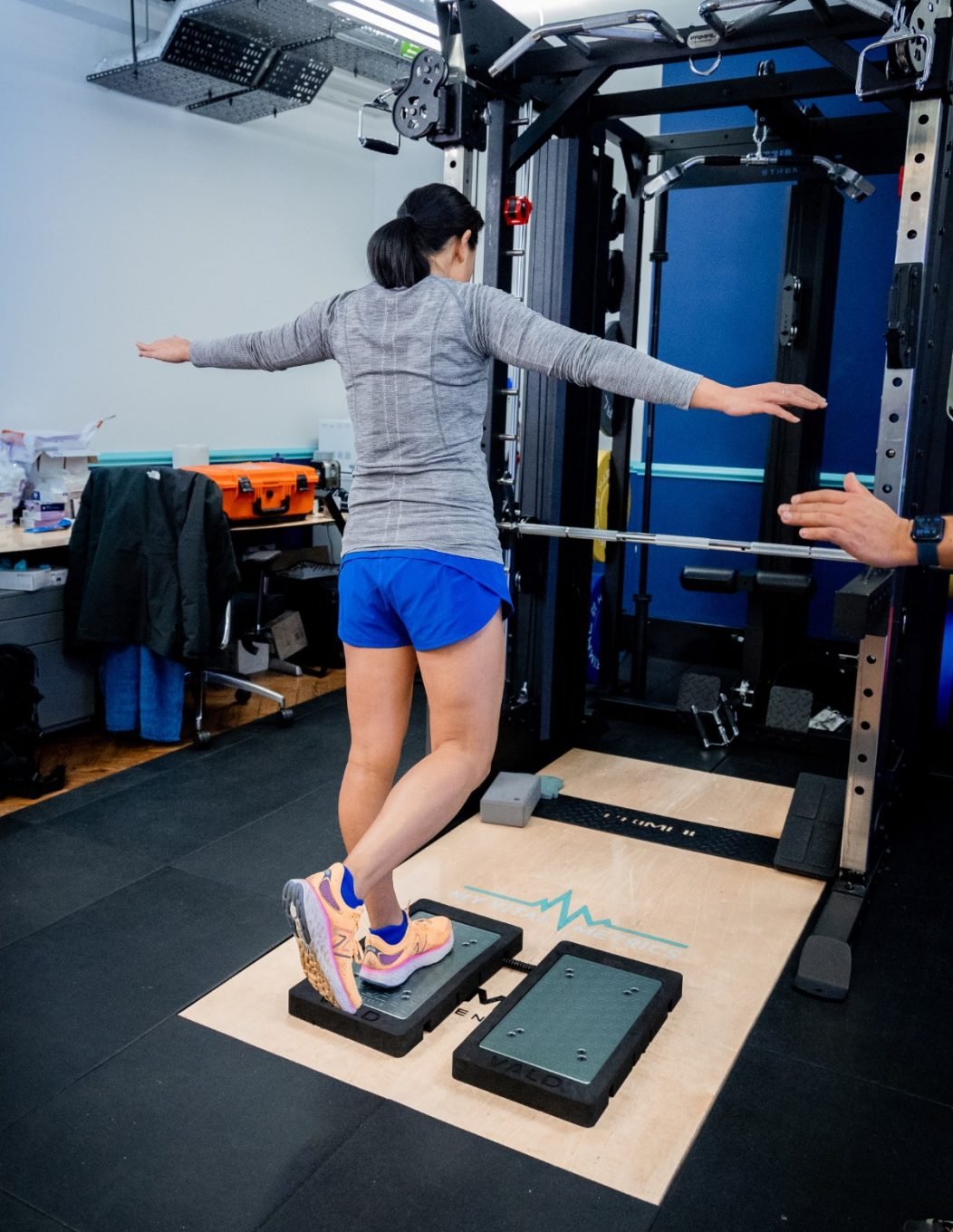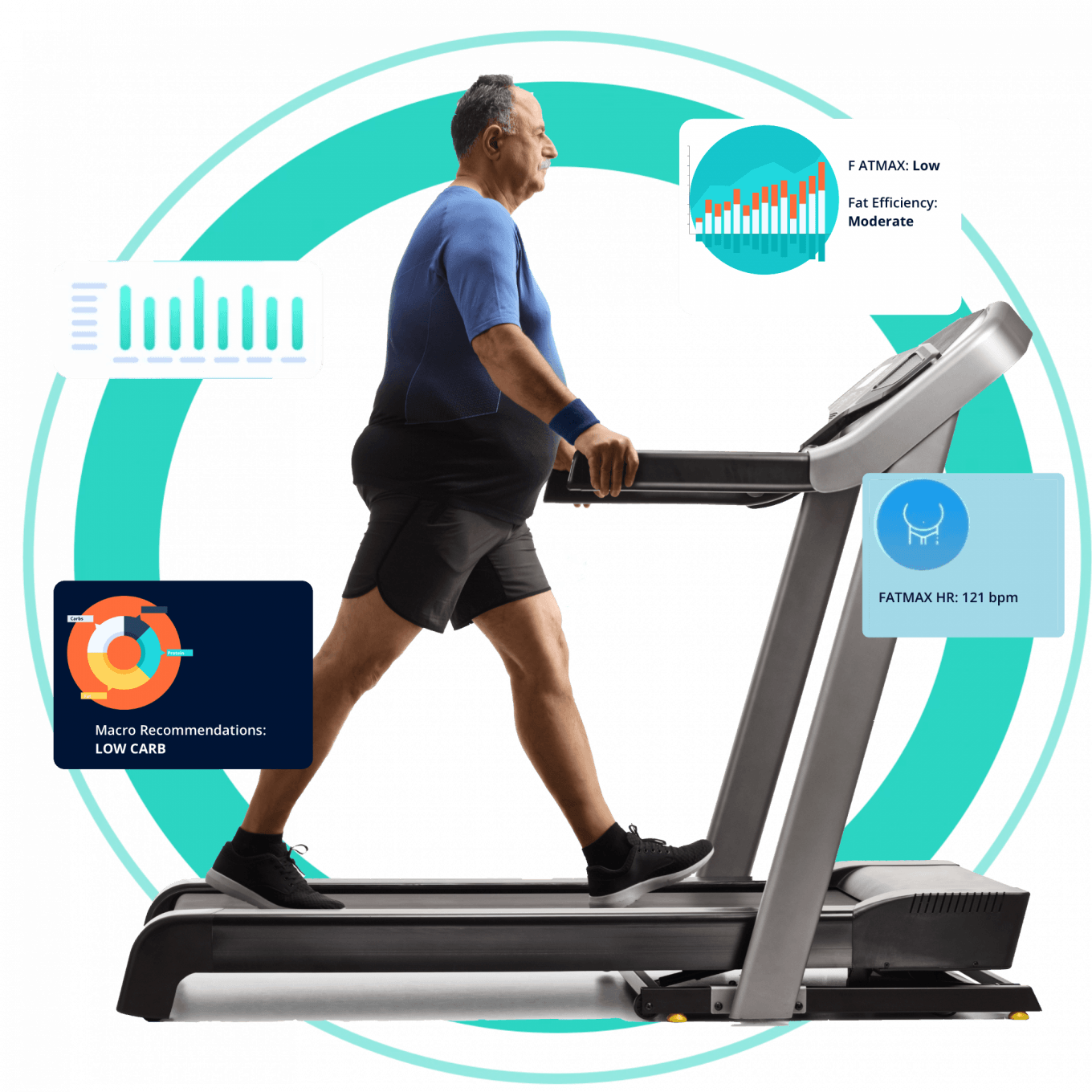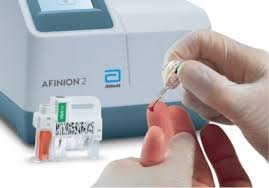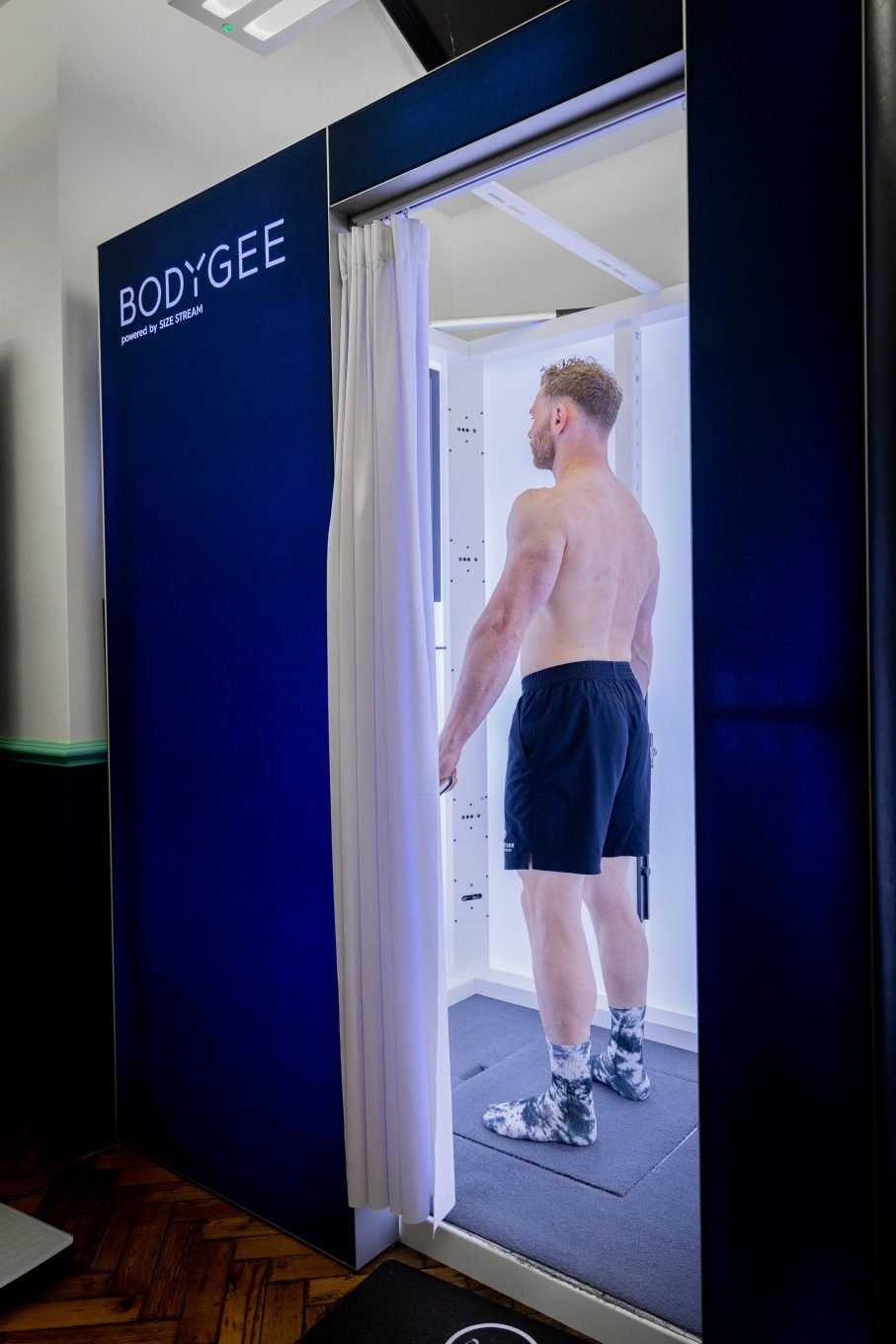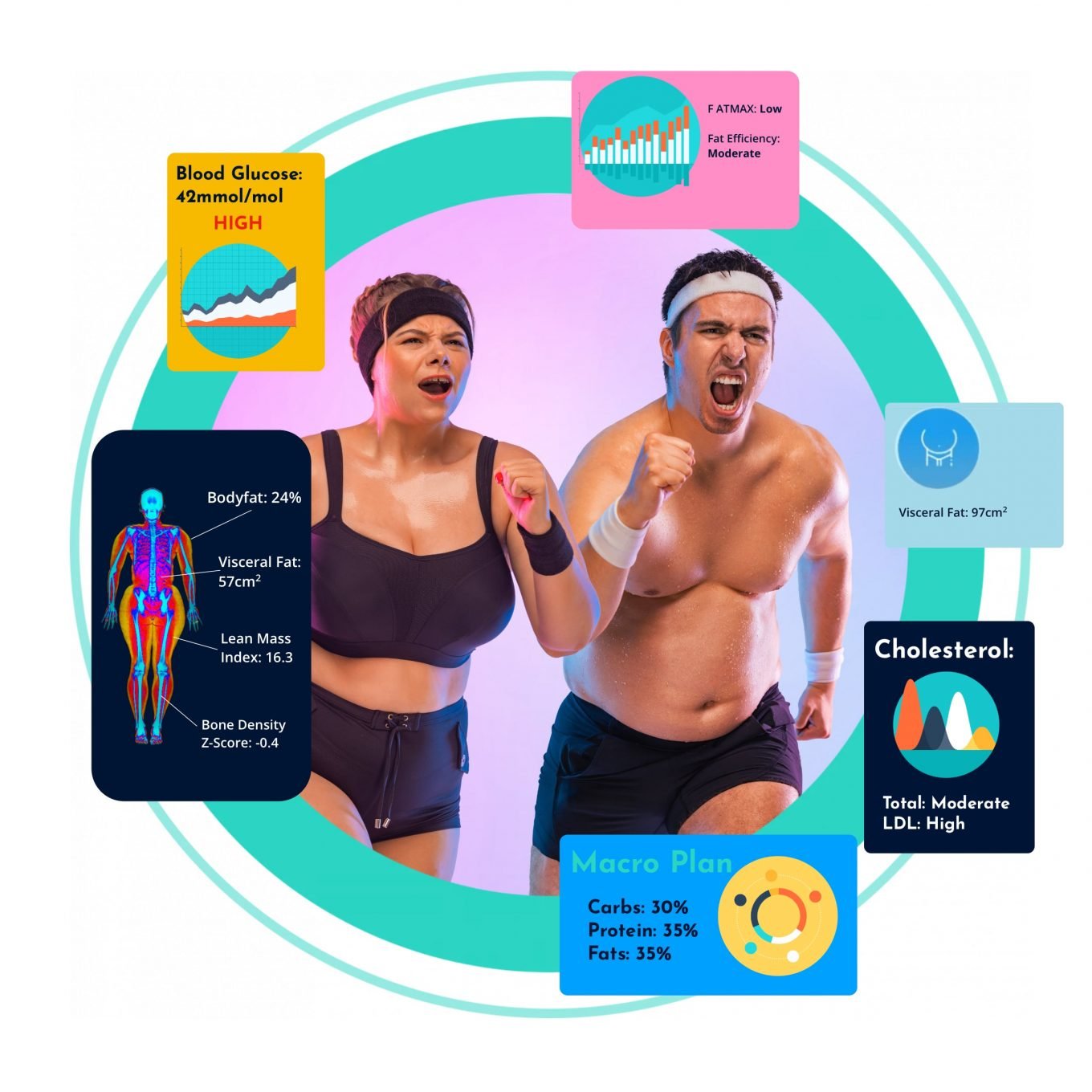Improving your body composition by losing fat, gaining muscle, or both tends to require a two-pronged approach that incorporates a healthy diet and an increased amount of movement.
Nutrition for body composition
The amount and type of food we eat has a big effect on our body composition.
Consuming more calories than we use (a caloric surplus) will lead to weight gain, while consuming fewer calories than we use (a caloric deficit) will lead to weight loss.
If you’re looking to lose fat, then the most effective way to create a calorie deficit is via your diet. The popular lore that you “can’t out-train an unhealthy diet” stands true in most instances, as it takes a lot of exercise to balance out a caloric surplus. While exercise can contribute to a calorie deficit (and create more ‘“room” in your calorie allowance), it can be difficult to maintain a calorie deficit from exercise alone.
Depending on your body composition goals, you may want to:
- Increase your caloric intake to build muscle/gain weight
- Decrease your caloric intake to lose fat/lose weight
- Maintain your caloric intake to maintain your weight
Establishing a daily calorie goal starts with knowing your Total Daily Energy Expenditure (TDEE). You can use our custom BMR and TDEE calculator to get started.
Calorie deficit not working? Check out these top 8 reasons why.
Exercise for body composition
There are two main types of exercise for body composition: cardio and strength training. Let’s take a look at each.
Cardio
Cardio exercise – such as running, swimming, or cycling at a moderate intensity – trains the cardiovascular system, strengthening the lungs and heart. Cardio is a great way to stay fit, improve endurance, and build aerobic capacity.
Cardio is also often used as a way to burn calories, typically to create or increase a caloric deficit as a part of a weight loss plan.
However, cardio isn’t a particularly effective method of burning calories. It’s often time-consuming, increases hunger, and can result in the body “compensating” for the burn by cutting energy expenditure in other areas. This means that cardio alone isn’t the best way to meet your body recomposition goals.
Strength training
While many assume strength training equates to lifting heavy weights, strength training can take many forms. Free weights, weight machines, bodyweight exercises, calisthenics, resistance exercises, and cable suspension exercises all constitute strength training.
Strength training aims to build muscle (muscular hypertrophy), improve muscular endurance, and increase muscular power.
When it comes to body composition, strength training is an essential component.
While the calorie burn of strength training can be lower than that of its cardio counterpart, strength training has numerous benefits for body recomposition. Strength training:
- Helps build new muscle mass
- Increases strength
- Boosts metabolism
- Decreases abdominal fat
- Preserves muscle mass while in a caloric deficit
- Increases calorie burn (since muscle is calorically expensive to maintain)
Regardless of whether your body composition goals are focused on losing fat or gaining muscle, it’s essential to incorporate some strength training into your routine. Not sure where to begin? The body composition exercises below are a great place to start.
Measure your body composition
Simply tracking your weight won’t give insights into body composition changes. Luckily, plenty of more accurate ways to assess your body composition are available.
The most accurate way to assess your body composition is with a DEXA scan for body composition. For more information on how a DEXA scan can complement your body composition exercises, check out our article on how to lose fat with a DEXA scan.
Best exercises for body composition


